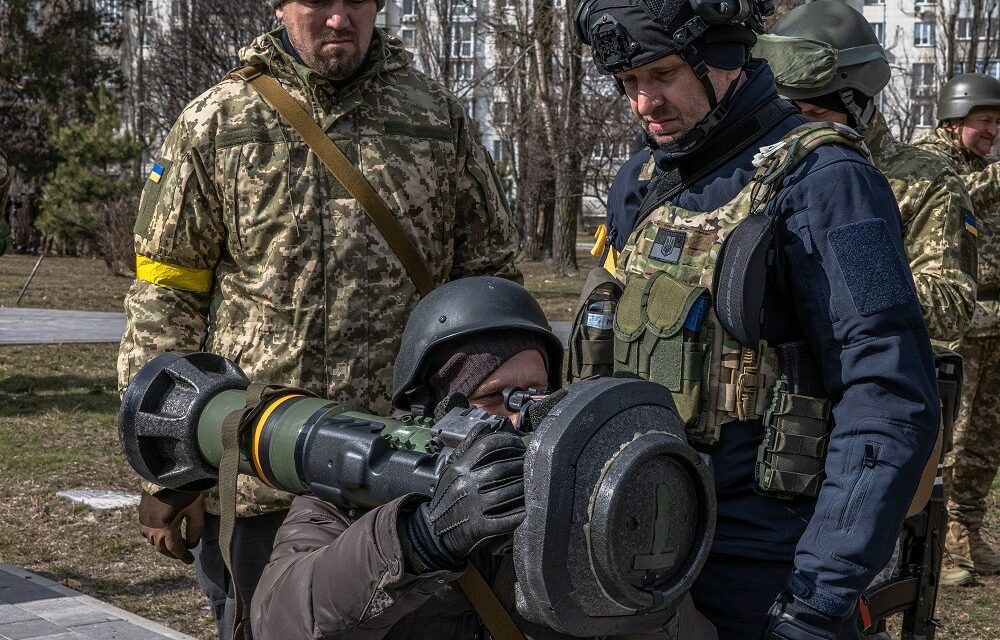Weapons are a limited resource and it takes time to produce more of them. How will America replace those it sends to Ukraine?
The United States' decision to arm Ukraine in response to the Russian invasion has exposed and exacerbated the vulnerability of its defense industrial base, which could leave the United States dangerously vulnerable in a confrontation with China in the Indo-Pacific region, begins Wesley Jefferies at the American Conservative .
As US stockpiles deplete, the defense industry is scrambling to replace existing stockpiles and develop new weapons for future warfighting capabilities. According to the author, these developments have serious consequences for the deterrent power of the Indo-Pacific region.
Consider the delayed production of Stinger anti-aircraft missile systems, which would be key to the eventual defense of Taiwan.
After delivering more than 1,400 missiles to Ukraine, the US is scrambling to replace them as missing parts challenge defense industry supply chains.
As a result, Taiwan now expects its own shipments to be delayed. It is estimated that it would take at least five years to replace the parts, coinciding with the "Davidson window" - the period when a top US naval commander predicted that China would attack Taiwan.
In addition, the missing parts of the Stinger missiles might have to be redesigned, which would extend the production time even more.
Jefferies explains.
According to the author, the difficulty of replacing Stinger missiles is just one example of the problems facing the US.
“The Biden administration is struggling to articulate a coherent strategy that includes both action against China in the Indo-Pacific region and US involvement in an open-ended proxy conflict with Russia over Ukraine. The disruptions caused by the pandemic in the American defense industry, the relative lack of serious competition, and the decade-long process of American outsourcing and deindustrialization were further aggravated by the American arms shipments to Ukraine," explains the expert.
The article notes that as the conflict turns into a protracted and all-out war, Ukraine has become increasingly dependent on US weapons, which are increasingly scarce and difficult to replace.
“As weapons stocks dwindle and defense companies struggle to replenish them, persistent inflationary pressures are likely to cause further complications for the defense industry,” Jefferies writes.
According to the author, it is naive to think that China will be deterred from Taiwan by the war in Ukraine. According to him, it is more likely that Beijing is closely monitoring the war in Ukraine and that
what does it say about the US's ability to manufacture and innovate critical defense systems that would play a central role in the high-tech, large-scale conventional warfare that the Pentagon claims is a top priority?
These developments come at a time when China is building up its navy, including a third aircraft carrier that is slated for launch in June 2022. China continues to develop high-tech weapons.
As the US mission in Ukraine continues and Washington expands its stated war aims from helping the Ukrainians defend their own territory to pursuing a permanently "weakened" Russia, America's ability to deter Chinese aggression and maintain the balance of power between the US and China in the Taiwan Strait is significantly weakened. .
If Taiwan is lost and the balance of power in the Indo-Pacific is tipped while Washington is distracted, the ultimate tragic irony will be that this happened only after the US actually outsourced its industrial capacity to China
concludes the author.
Photo: EPA/ROMAN PILIPEY












